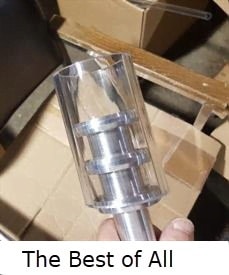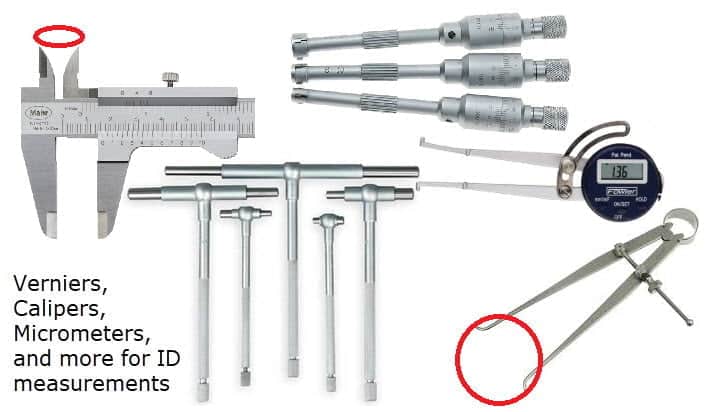An electrical manufacturer had a need for a small quantity of clear, transparent tubing sleeves for its line of ¼” wide blade-type quick connects. We provided them with long sleeves of 2.765″ ID in 16″ lengths) in Cellulose Acetate Butyrate (CAB). But this particular sleeve had to fit snugly over existing steel tubing with a 0.2765″ OD. Thus, we had to make a special extrusion that demands a go-nogo gauge.
Many people get confused about extrusion tubing IDs. In extrusion, we can control the OD of the tube and the wall thickness. The tube ID is derived from the OD and wall. The ID can be measured with verniers and calipers, but this only gives point-to-point measurements. So, the best way to check an ID is with precise go/no-go gauges.

Also, a common misconception is that a 3″ OD tube will slip into a 3″ ID Tube. Not so. If tolerances are on then logic dictates that two materials cannot occupy the same space.
Therefore, we generally extrude sleeves with an ID average that is .015 to .020 larger than the tube that it connects. Our extensive line of stock tubing and our low-minimums allow us to take on the small orders efficiently.
I hope that this helps.

